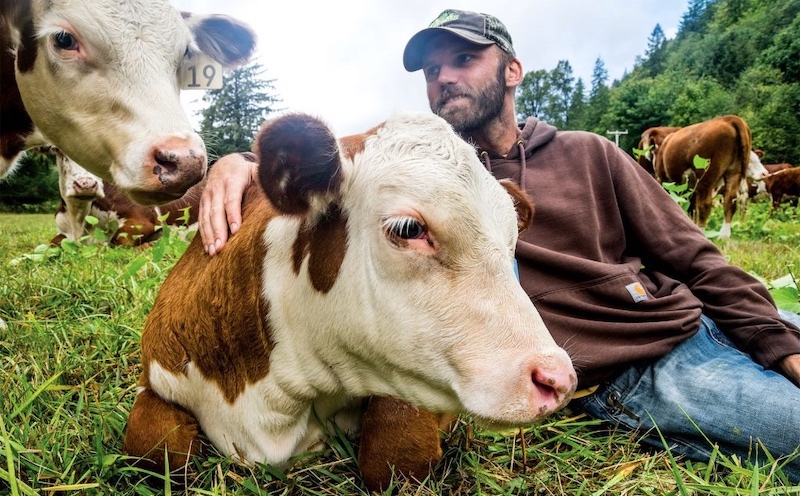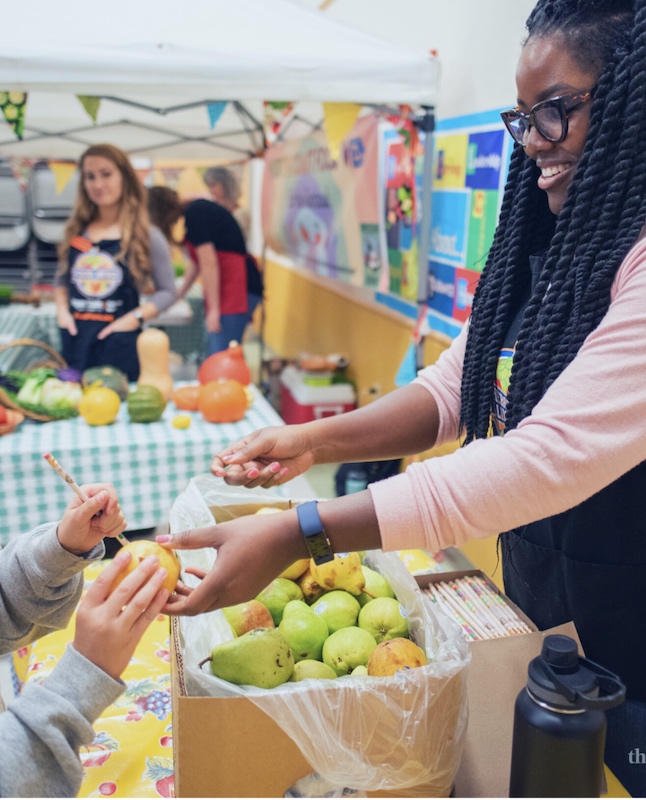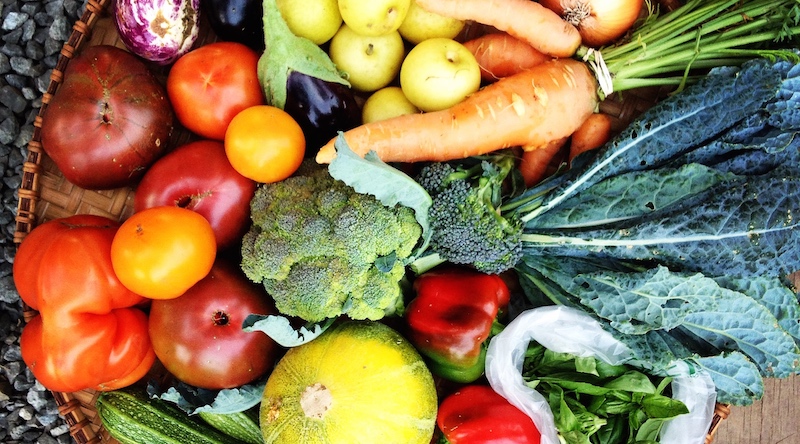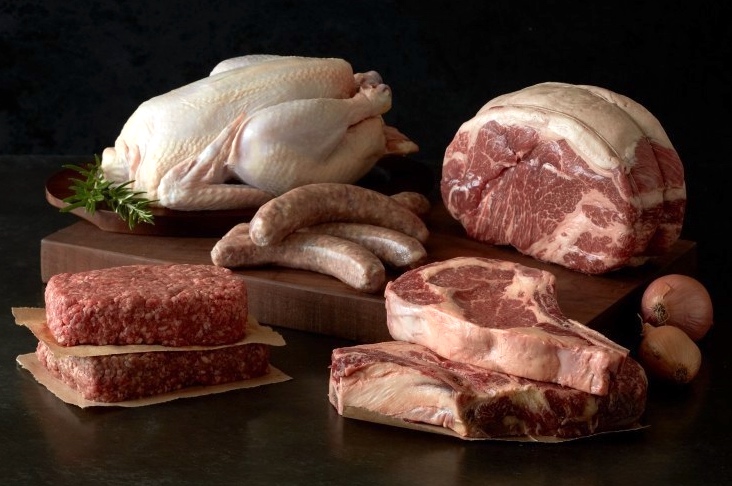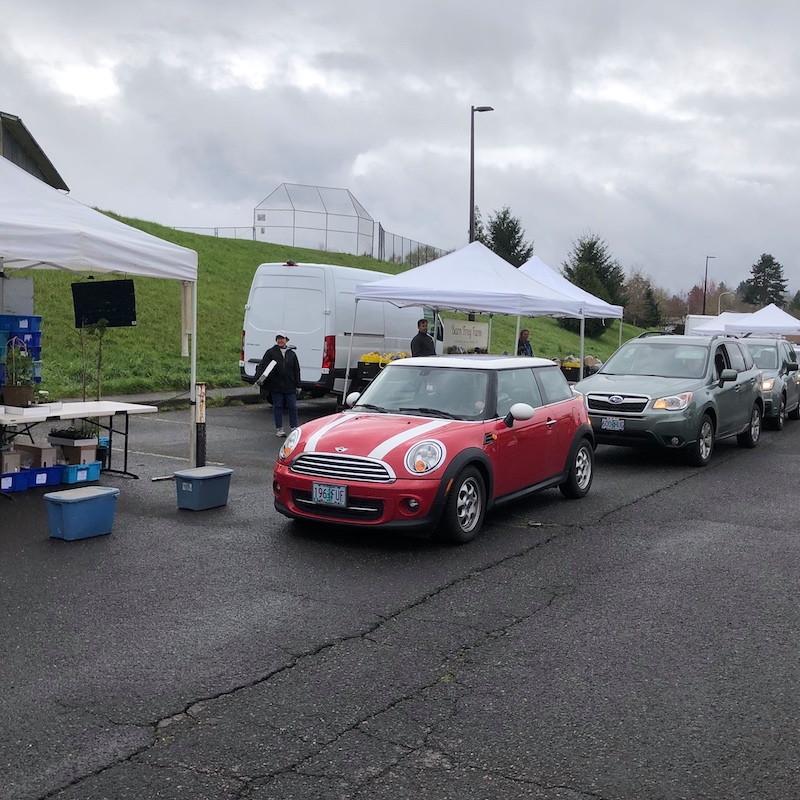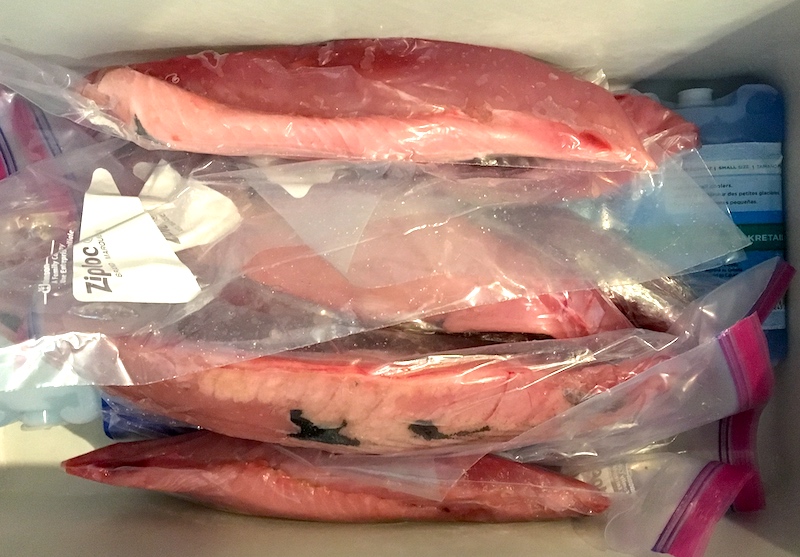
All the Buzz: Local Honey is the Bees' Knees
Years ago I wrote an article on honey for the Oregonian based on a recently released book on the topic, A Taste of Honey by Oregon author Marie Simmons. Simmons, who at that time had written more than 20 books on subjects like figs, rice, eggs and muffins, had for years been entranced by honey and the insects that made the intoxicating substance—so much so that she mentioned she had a "library" of more than 100 jars that she kept alphabetized on shelves in her Eugene garage.

From her book I learned about the lives of bees, bee society and bee anatomy, as well as how bees produce honey: The nectar collected from blossoms contains sucrose that is broken down by an enzyme in the bees' saliva and is stored in a special "honey stomach." When the bees get back to the hive they regurgitate the honey into the waxy hexagons of the honeycomb, flapping their wings—which makes the buzzing sound we hear—to evaporate the honey, preventing it from fermenting in the comb.
In the intervening years I've started my own (very limited) library of different honeys, each one surprisingly different from the others because of the various types of nectar available to the bees, as well as the season in which it was collected. This year I'm determined to add to the collection, so I've been scouting out some local beekeepers and farmers I want to try:
Ramage Farms, Canby and Mulino. "We have around 100 hives throughout the property hammering all the spring blooms [with] more coming up like the sunflowers and blackberries," according to owner Ryan Ramage. He's been actively working on restoring his property with habitat and soil health as a priority and will be releasing details on this year's honey soon.

Oso Honey Farm, Corvallis. Beekeeper Henry Storch has been breeding locally adapted honeybees in remote parts of the Oregon Coast Range. Offering a wide array of raw varietal honeys, including Coriander, Meadowfoam, Wild Blackberry and Clary Sage, among many others, Storch has also been hosting bulk honey pours at his farmstand where you can bring a (clean) jar to fill up with the featured varietals. (The last bulk pour of the season is June 15.) Otherwise, his honeys are available at several farmers' markets and retail outlets.
Nehalem River Ranch, Nehalem. Jared Gardner markets two varietals produced on his multi-species, pasture-based farm nestled along the Nehalem River in the western foothills of Oregon's Coast Range. One is a light honey from the clover, blackberries and flowers on the ranch, and the other is a dark "Japanese Bamboo" Honey, a prized late-season honey that comes from the Japanese Knotweed that is prolific on the banks of the Nehalem River.
A good place to find more local honey is at your local farmers' market if you're jonesing, as I am, to add to your own library—or just to have something local and delicious to drizzle on your toast. It's worth keeping in mind that in her book Simmons notes that imported honeys are fine, but it's like the difference between jug wine and a bottle of pinot from the Willamette Valley: Food always tastes better closer to the source.
Top photo and meadowfoam field from Oso Honey Farm. Glowing honey jars from Ramage Farms.
